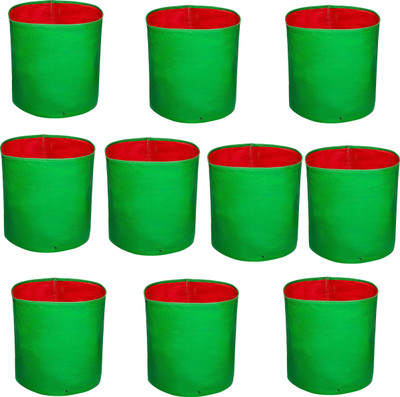
Green World CASSIA SPECTABILIS SEEDS Seed (10 per packet)
Share
Green World CASSIA SPECTABILIS SEEDS Seed (10 per packet)
Be the first to Review this product
₹199
₹309
35% off
Available offers
T&C
T&C
T&C
T&C
Delivery
Check
Enter pincode
Delivery by26 Jun, Thursday|₹55
?
if ordered before 10:59 AM
View Details
Highlights
- Seed Type: Tree
- Suitable For: Outdoor
- Organic Plant Seed
- Seed For: CASSIA SPECTABILIS SEEDS
- Quantity: 10 per packet
Services
- Cash on Delivery available?
Seller
Description
Senna spectabilis is a plant species of the legume family (Fabaceae) in the subfamily Caesalpinioideae native to South and Central America. They are often grown as an ornamental in front yards, parks, gardens, buildings etc. due to their bright yellow flowers that bloom during the summer months. They are also known as golden wonder tree, American cassia, popcorn tree, Cassia excelsa, golden shower tree or Archibald's cassia. A rounded, evergreen foliage, arranged alternatively. The leaf type is odd-pinnately compound with pinnate leaf venation and 4–15 pairs of leaflets each growing to as large as 7.5 cm. The leaves are green and yellow in color and remains as so year around. The leaf blades grow between 2–4 inches long and experience a circadian rhythm or nyctinasty, closing at night and opening at dawn.Bright yellow inflorescence 10–50 cm long containing a corolla 3.5–4 cm in diameter with five unequal petals. The flowers are very showy producing elongated pod shaped fruits about 6–12 inches in length. The fruit is a dry dehiscent, black/brownish in color containing numerous flat brown seeds, 0.5 cm in diameter Their habitats include rain forest, semi-deciduous and dry forest, montane forest, and dry valleys. The plant requires full sunlight and well-drained soil to grow. S. spectabilis can flourish in a variety of different soils from moist, clay, sand, loam, slightly alkaline, and acidic soils even in poor black cotton soils. However it has difficulties adapting to soils with high aerosol salt concentrations. There are no known diseases that affects the plant. Today the species can be found in tropical areas all around the world due to its invasive nature.
Read More
Specifications
In The Box
|
General
| Brand |
|
| Model Name |
|
| Quantity |
|
| Common Name |
|
| Suitable For |
|
| Type of Seed |
|
| Organic |
|
| Net Quantity |
|
Be the first to ask about this product
Safe and Secure Payments.Easy returns.100% Authentic products.
Back to top











